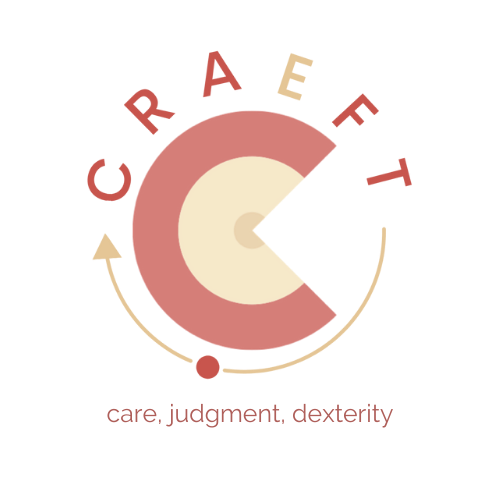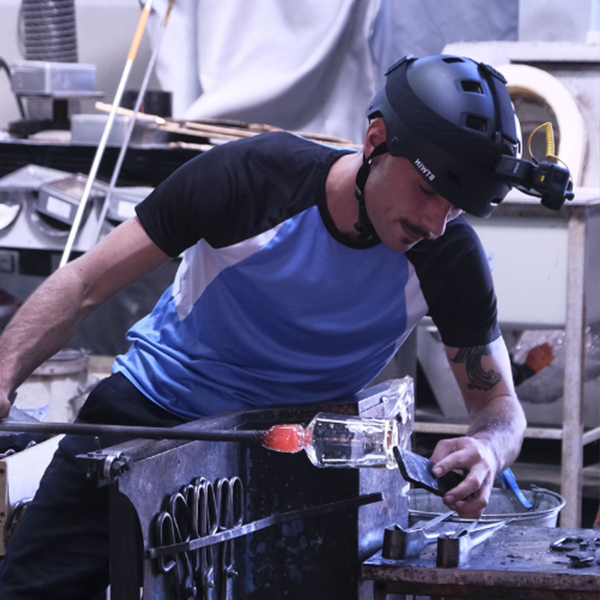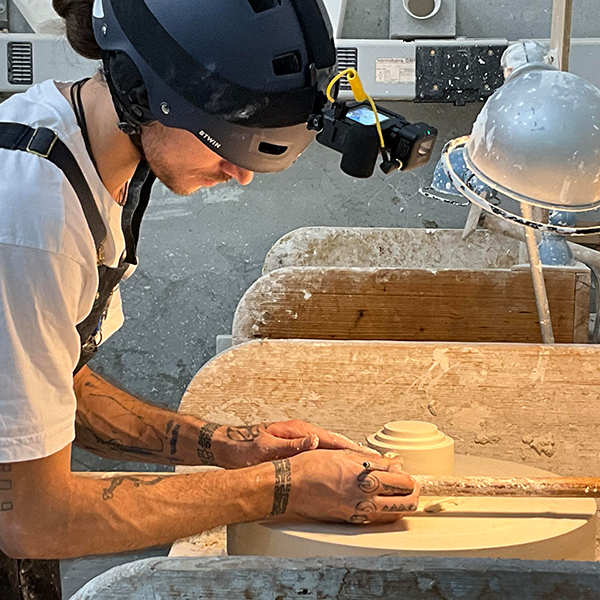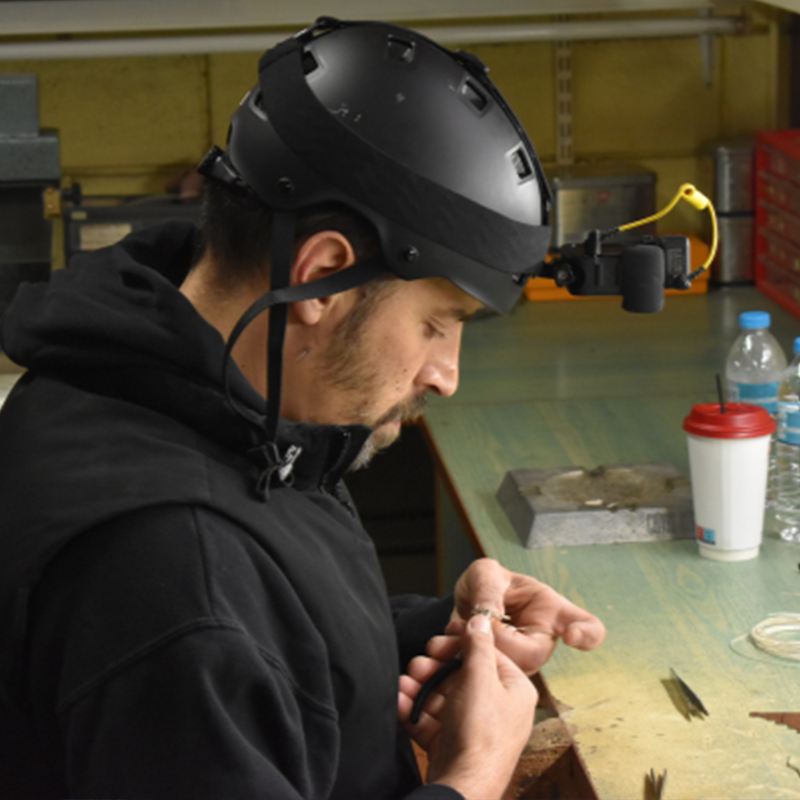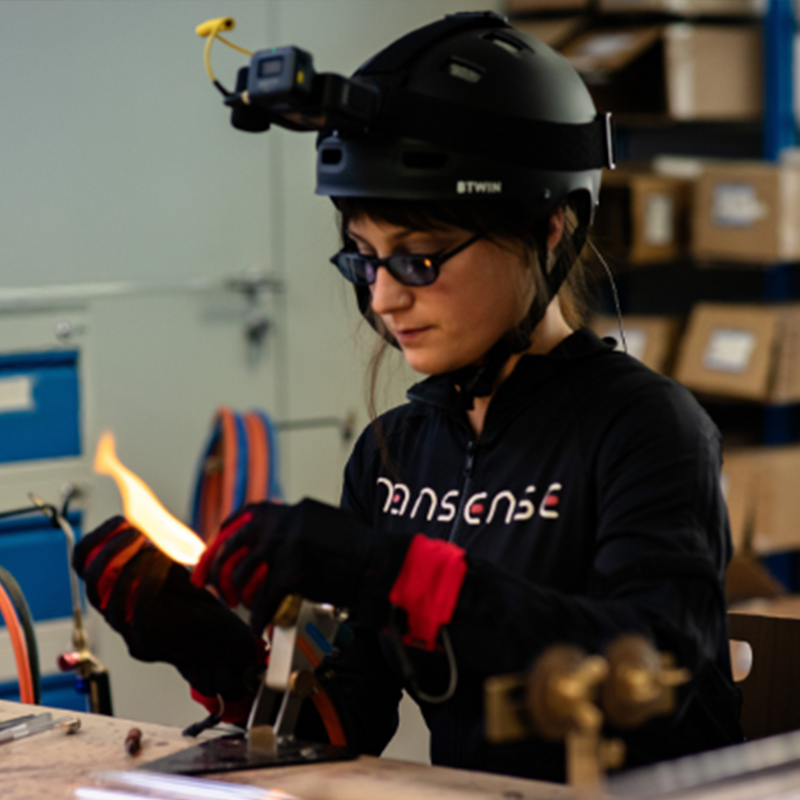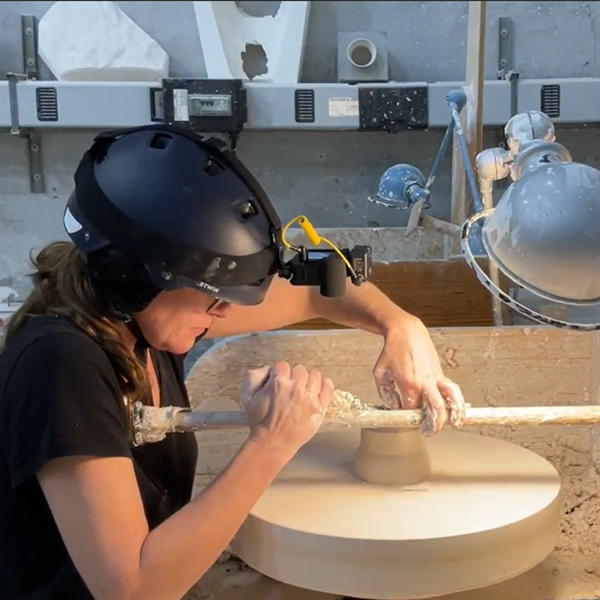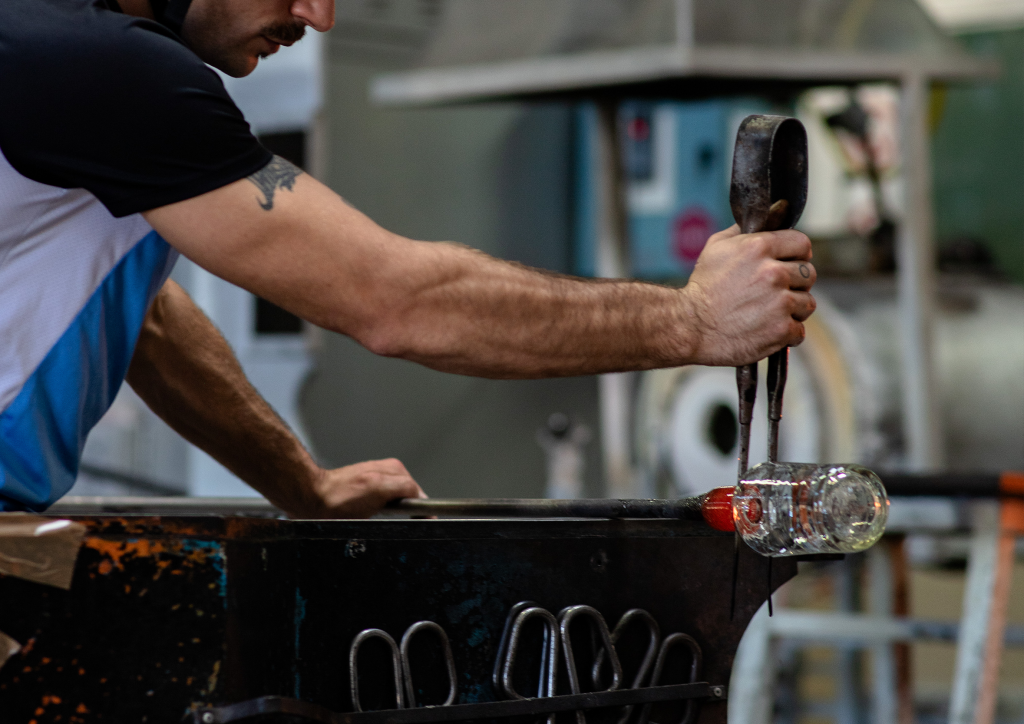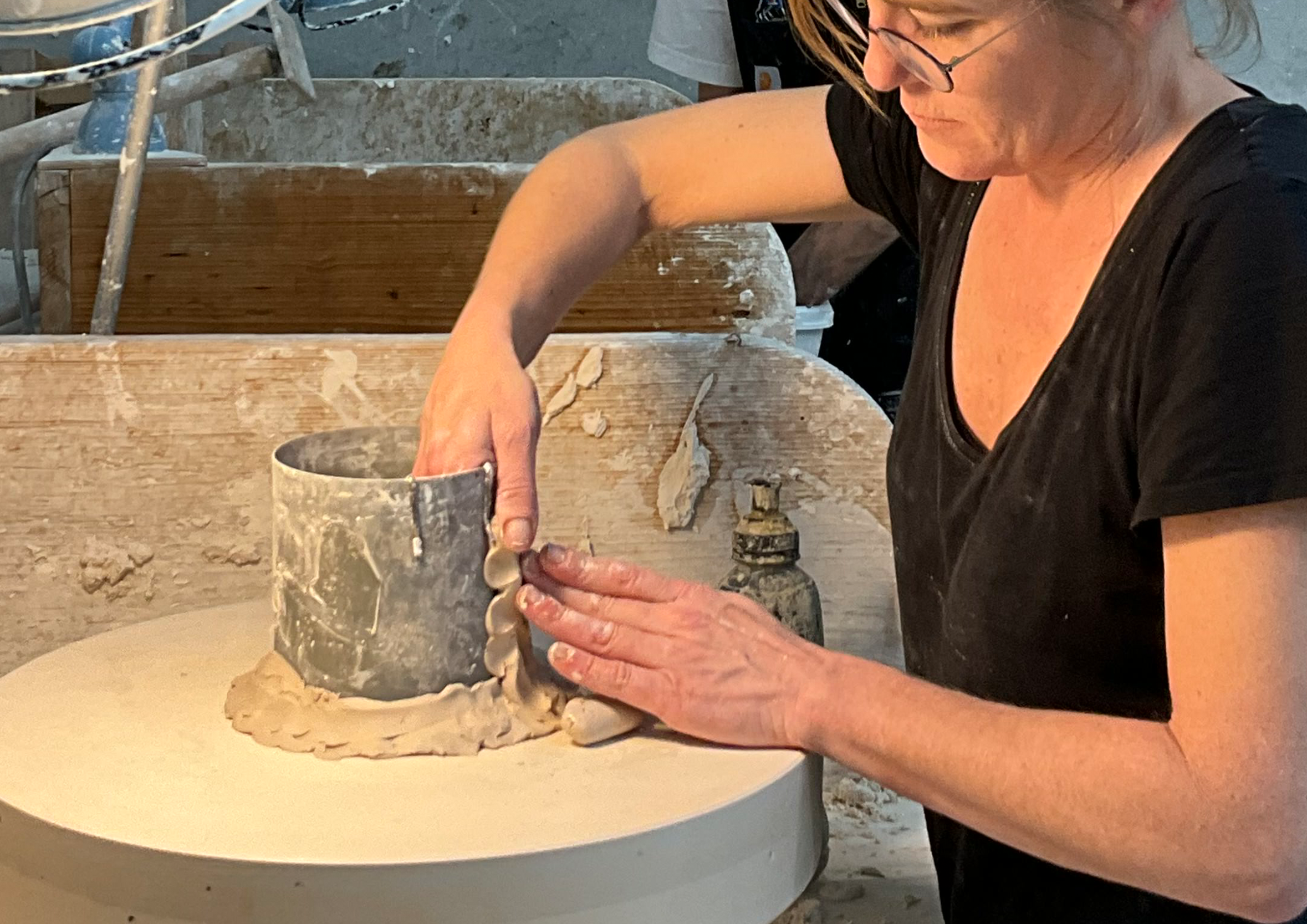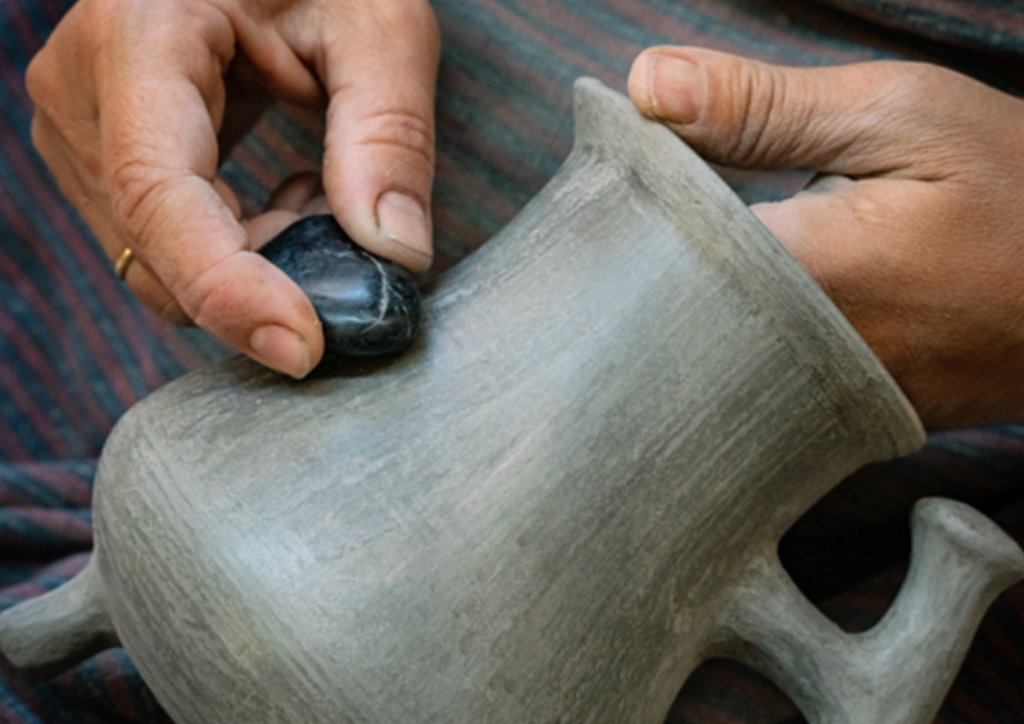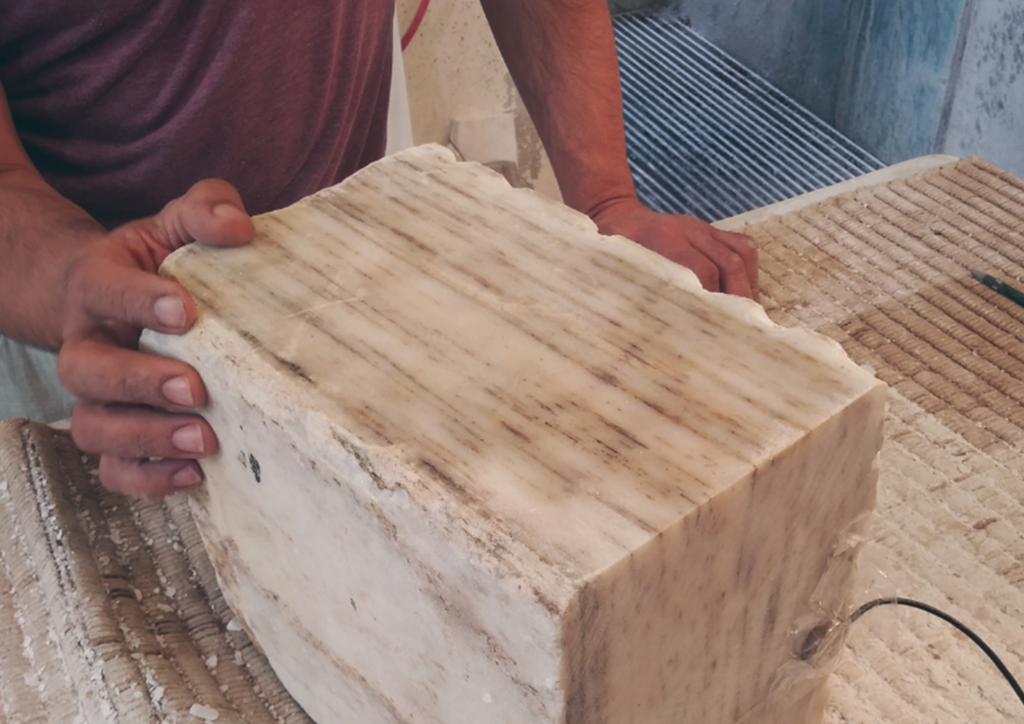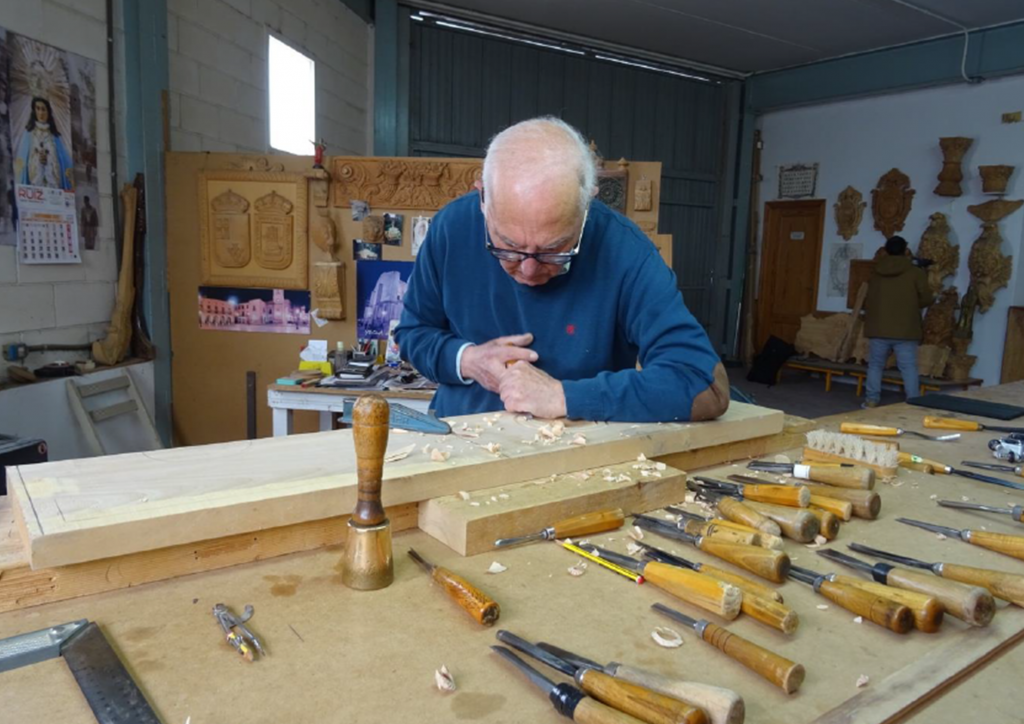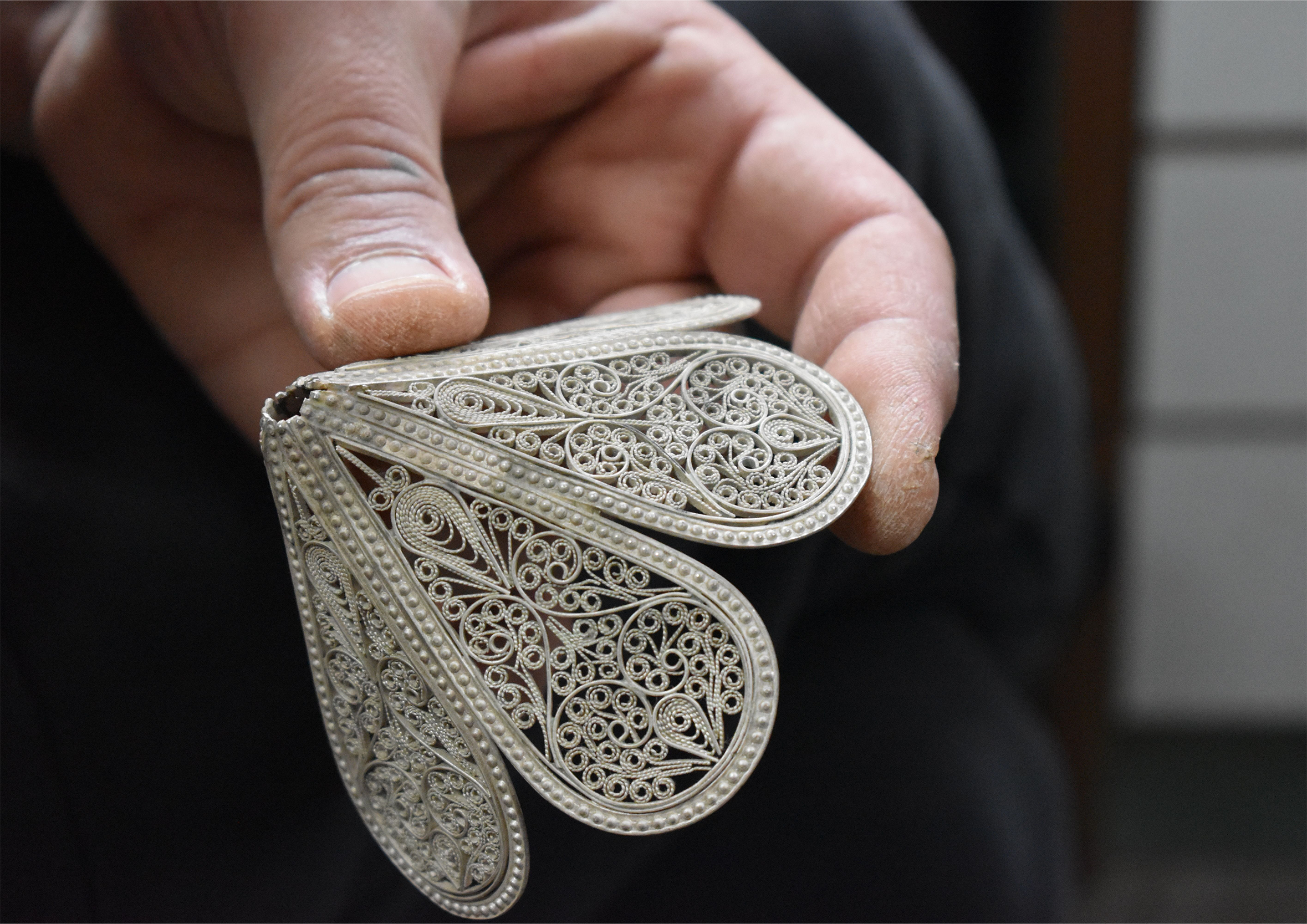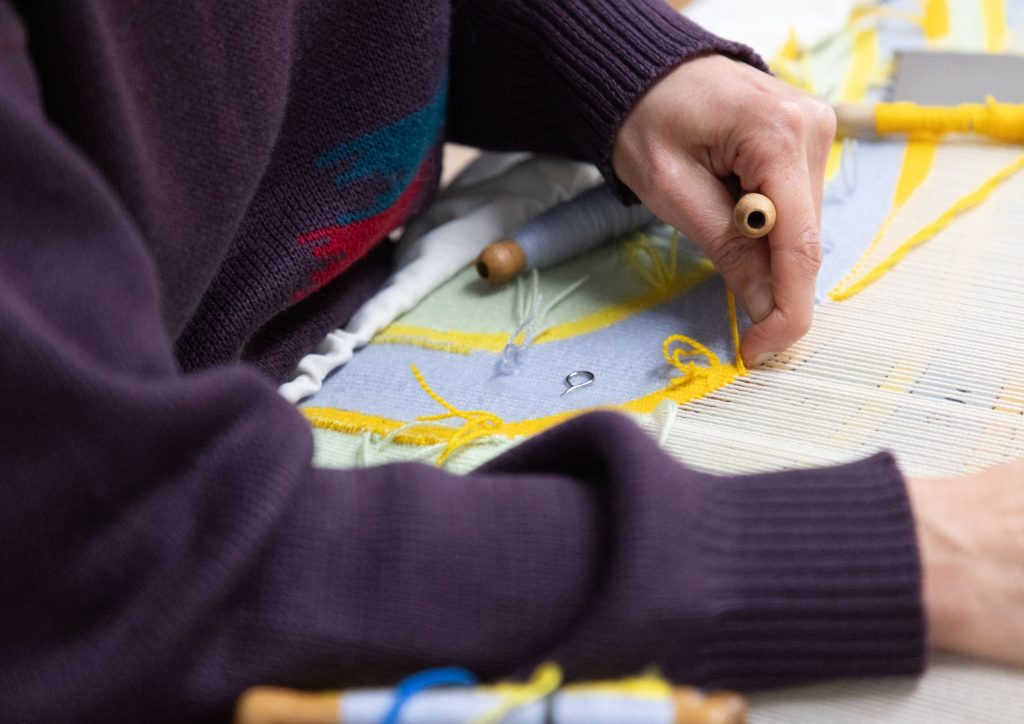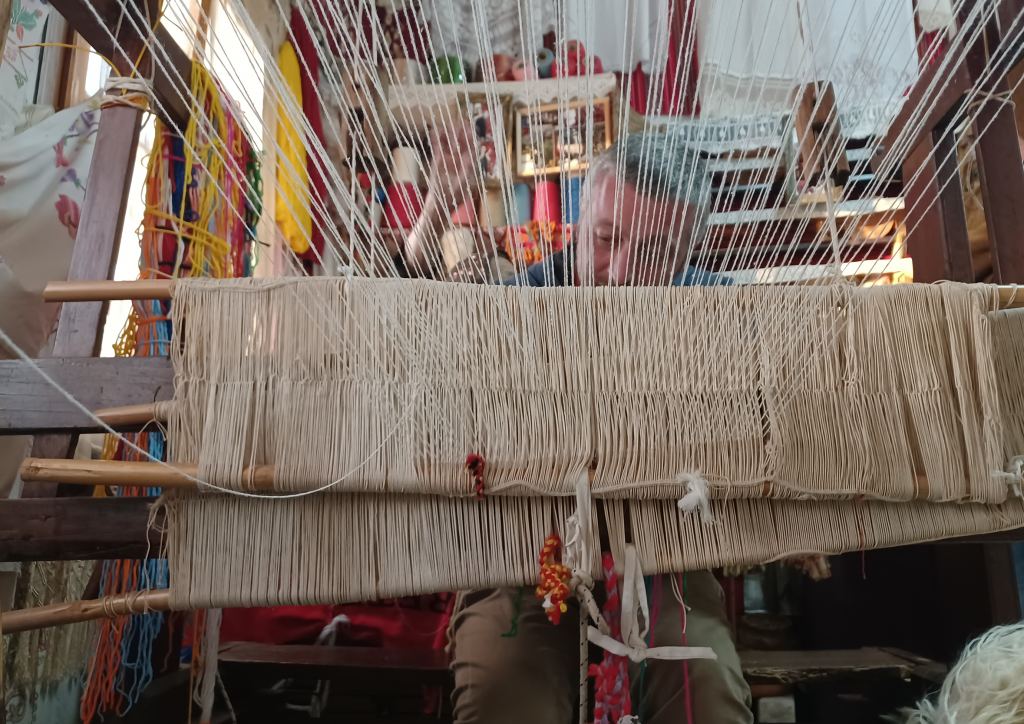Craft Understanding, Education, Training, and Preservation for Posterity and Prosperity
Craeft will deepen our understanding of making activities that include “care, judgement, and dexterity” standing on Anthropology, Knowledge Representation, Cognitive Science, Art History, Advanced Digitisation, Audiovisual & Haptic Immersivity, and Computational Intelligence to cover the multifaceted expression of crafts as living and developing heritage, as a sustainable source of income, and as the expression of the mind through “imagery, technology, and sedimented knowledge”2. A generative approach will prove sufficiency for digital conservation, reenactable preservation, and scaling of approach for the full range of materials and techniques.
Craeft will catalyse craft education and training with intuitive digital aids, telecommunications, craft-specific simulators, advanced immersivity, and high-end digitisation, to widen access, economise learning, increase exercisability, and relax remoteness constraints in craft learning. The integration of haptics intelligence haptics in digital design connects tacit knowledge in computer-aided craft-specific design tools. Workflow simulation will support experimental archaeology for the recovery of lost techniques. The analytic workflow analysis leads to digital fabrication opportunities for menial tasks, material savings and reuse, and reduction of energy consumption.
Digital dimensions attached to individual works of craft will enable certification and attachment of digital content, but also enable reputation and community building, supported by a Community Portal for professionals and the public that connects to the New Media, hosts heterogeneous craft portforlios, and registers practitioner credentials.
The efficacy of the approach will be piloted in eight representative craft instances with the cross-cutting objectives of Craft Education & Training, Design, Valorisation, and Community services across the range of materials.
